Pam Knox
-
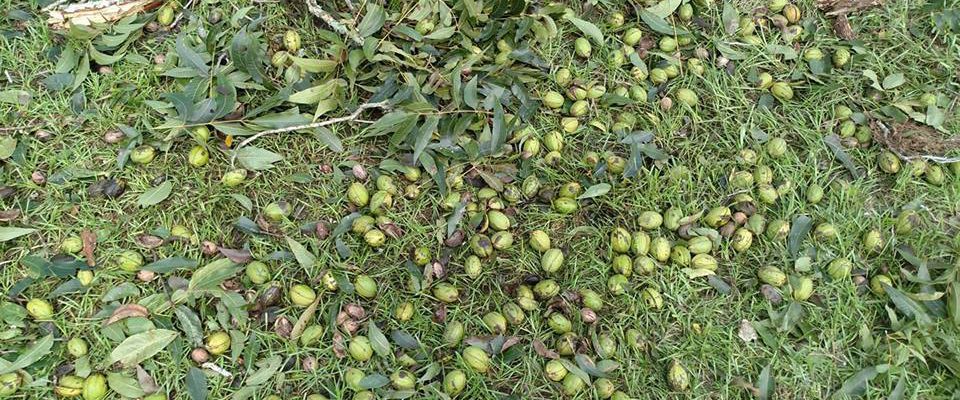
Growing Georgia posted a story from Clint Thompson of UGA on the pecan yields in 2017 this week. While losses due to Hurricane Irma were estimated at about 30% of the crop, some varieties had very heavy yields and so the crop this year was better than initially expected after the damage from Irma. You…
-

How do you make beer in a desert? In the case of the Atacama Desert in Chile, brewers are using water that is collected from fog to brew ale that has won awards for drinkability and its unique flavor. The Atacama Desert stretches along the coast of South America for hundreds of miles, receiving almost…
Posted in: Climate and Ag in the news -
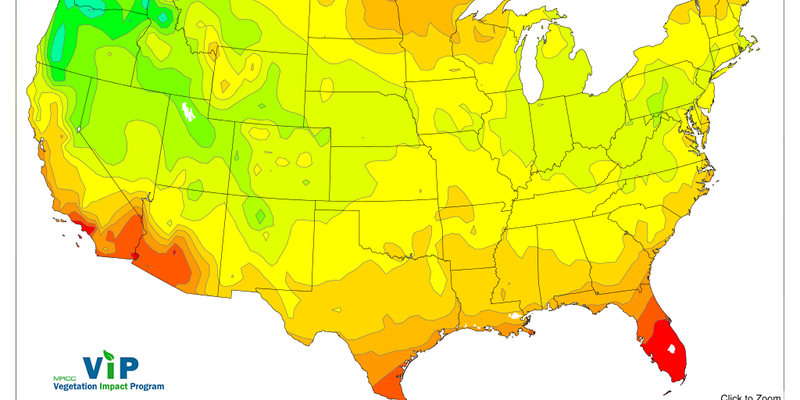
In my talks at the Southeast Fruit and Vegetable Growers meeting in Savannah last week, I discussed sources of chill hour accumulations for different states in the Southeast. If you are outside the Southeast or want a more national view, the Midwestern Regional Climate Center offers a national map through their Vegetation Impact Program (VIP)…
-
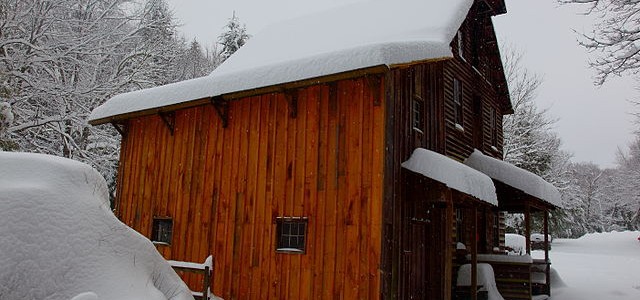
I am at home today enjoying a snow day, and thought you might enjoy this post from colleague Dr. Marshall Shepherd of UGA on four interesting things about snow from his blog at Forbes.com. I knew there was snow on the ground when I woke up at 2 am because the light was different than…
Posted in: Climate science -
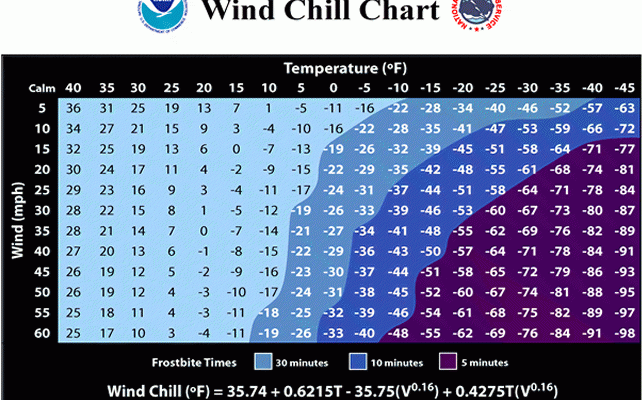
“Wind chill” is a measure of how much colder you would “feel” if cold air is blowing on you with a particular wind speed. The higher the wind speed and the lower the temperature, the colder the wind chill temperature. The colder the wind chill, the faster you could experience hypothermia and suffer severe health…
-
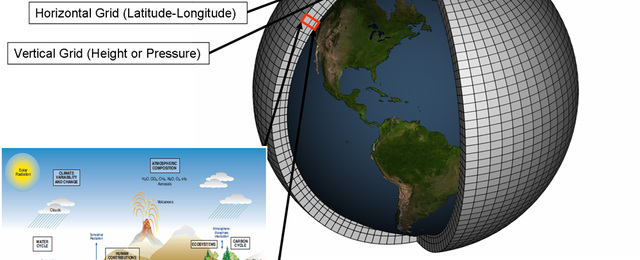
If you are interested in learning more about how climate models work, you can check out this fairly long and detailed explanation from Carbon Brief at https://www.carbonbrief.org/qa-how-do-climate-models-work. In many ways the climate models are similar to weather forecast models except that weather forecast models are designed to work really fast (to get the forecasts out on…
Posted in: Climate science -
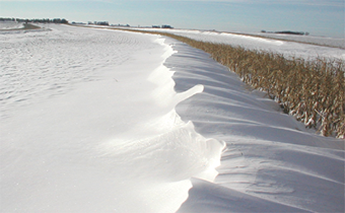
Growing Georgia posted a story this week from Reuters on the impact of the very cold weather in the eastern US on ethanol production. The cold temperatures, combined with high corn prices, has reduced the output of ethanol from many Midwestern ethanol plants. In addition, the cold is also hampering the movement of rail cars…